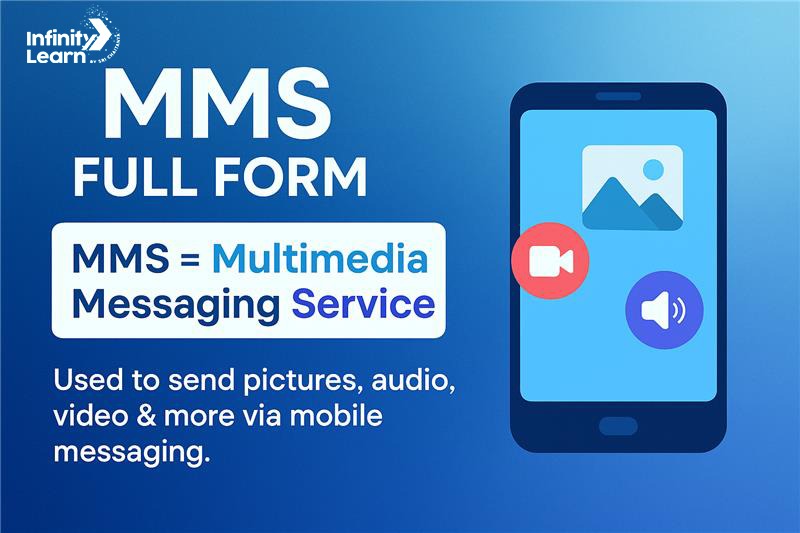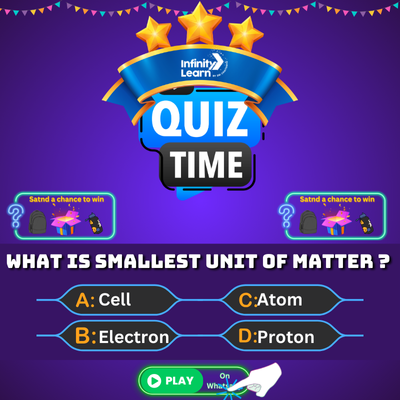Table of Contents
If you want to send any picture or a video to your friend or a relative, what is the first platform that will come to your mind? Most probably WhatsApp or Instagram, right? But what about the time when there was no WhatsApp or Instagram, back then MMS was used.
Even before the rise of WhatsApp and Instagram people shared photos and videos with their friends and relatives but it was done through MMS. Even today, MMS plays a crucial role in how media is shared over cellular networks. If you are interested to know what MMS is and how it works then you are at the right place. Read along to find out everything about MMS including the advantages, disadvantages of MMS, difference between MMS and SMS and much more.

What is the Full Form of MMS?
MMS stands for Multimedia Message Service. MMS allows people to share content with one another. It includes the sharing of images, files, audio files, videos etc. The best part about MMS is that you don’t need the internet to share any content with people. The term Multimedia Message Service itself tells about what MMS is. It is a technological creation which was created back in the 2000s to ensure smooth transfer of images, text and videos between people.
Do Check: ISBN Full Form
What is a Multimedia Message Service?
Multimedia Message Service or MMS is a technology which was developed by 3GPP (Third Generation Partnership Project). This was made so that people can share and receive multimedia content through text messages. MMS was introduced in the 2000s, a time when most of the people were not even familiar with the concept of the internet. MMS gave people the access to not just send text messages but also images, short videos and audio clips without even needing the internet.
Some people often misunderstand MMS with SMS. But these two are completely different, MMS can be termed as an advanced version of MMS which includes the sharing of images, videos etc.
How does Multimedia Message Service work?
The process of sending and receiving multimedia content from one phone to another works in the following way:
- When you send something, it gets encoded so the receiver’s device can read the incoming file.
- The message is then forwarded to your mobile company’s special server called the MMSC (Multimedia Messaging Service Center).
- If the receiver uses a different mobile company then your MMSC will send the message to their company’s MMSC using the internet.
It is suggested to always check the file size before sharing. A file of size less than 1MB plays well, files larger than 1MB might get compressed.
Do Check: ABG Full Form
Difference between MMS and SMS
MMS and SMS have some things in common like the service to communicate via text and both MMS and SMS are used on mobile phones due to which people often get confused between both of these.
SMS refers to Short Message Service which allows sending or receiving of only text whereas MMS is Multimedia Message Service which allows users to share and receive multimedia content including images, videos and audio files. Some of the key differences between MMS and SMS are:
| BASIS | MMS | SMS |
| Full form | Multimedia Message Service | Short Message Service |
| Content | Text, images, audio, video | Text only |
| Character Limit | No limit (file size limit) | 160 characters |
| Internet required | No | No |
| File support | Supported | Not supported (only text) |
Advantages of MMS
Look around yourself, can you imagine your life without the internet? No, right? Nowadays, it is becoming impossible to even imagine our lives without the internet. But, there was a time when there was no internet and even at that time people used to share content with one another through the use of MMS.
MMS offered a simple way to share memorable moments, pictures, videos, audio files, e-cards, promotional messages etc. without even using the internet. Some of the key advantages of MMS are:
- It allows the sharing of multimedia content without the internet.
- It works in almost all modern mobile phones.
- It is best for sending promotional messages.
- You don’t need to install any third party apps to use it.
Do Check: ACC Full Form
Disadvantages of MMS
Though MMS gives a way to share multimedia content without the internet, it also has some drawbacks especially if you compare it with today’s modern messaging application WhatsApp, Telegram etc. One of the major drawbacks is the limit on the size of the file you are sharing, most of the time you are not able to share the files larger than 1MB.
Some of the common disadvantages of MMS are:
- File limit size, it is usually between 300 KB to 1 MB.
- It is slow in transferring content as compared to modern applications.
- It sometimes charges you extra.
- Not all phone companies support advanced MMS features.
Tips for sharing content through MMS
If you use MMS for sharing content or promoting your business then make sure to follow the below tips and suggestions to enhance your experience the next time you share something. The following practices will help you to share content instantly without any format or file size issues occurring.
- The image layout must be vertical because most mobile phones have a vertical display.
- You should always share images in JPEG format.
- File size should be under 500 KB (for easy sharing).
- The ratio of the image should be 9:16.
- The resolution of the image must be 72 pixels.
- The subject line should be of 64 characters.
Do Check: TBT Full Form
FAQs on MMS Full Form
Can I send photos using MMS?
Yes you can easily send photos, videos and audio files using MMS. You just have to make sure that the file size is smaller than 1MB.
Should I use MMS or SMS?
You should use SMS when you just have to send a simple short text whereas you can use MMS when you want to share multimedia content like images, videos or audio files.
What if the receiver’s device does not support MMS?
In such a case, the receiver receives a normal message with a link or attachment, which the receiver can download or view using the app which supports the format.
Do I need the internet to use MMS?
No, MMS works offline. You don’t need internet access to share or receive MMS.









